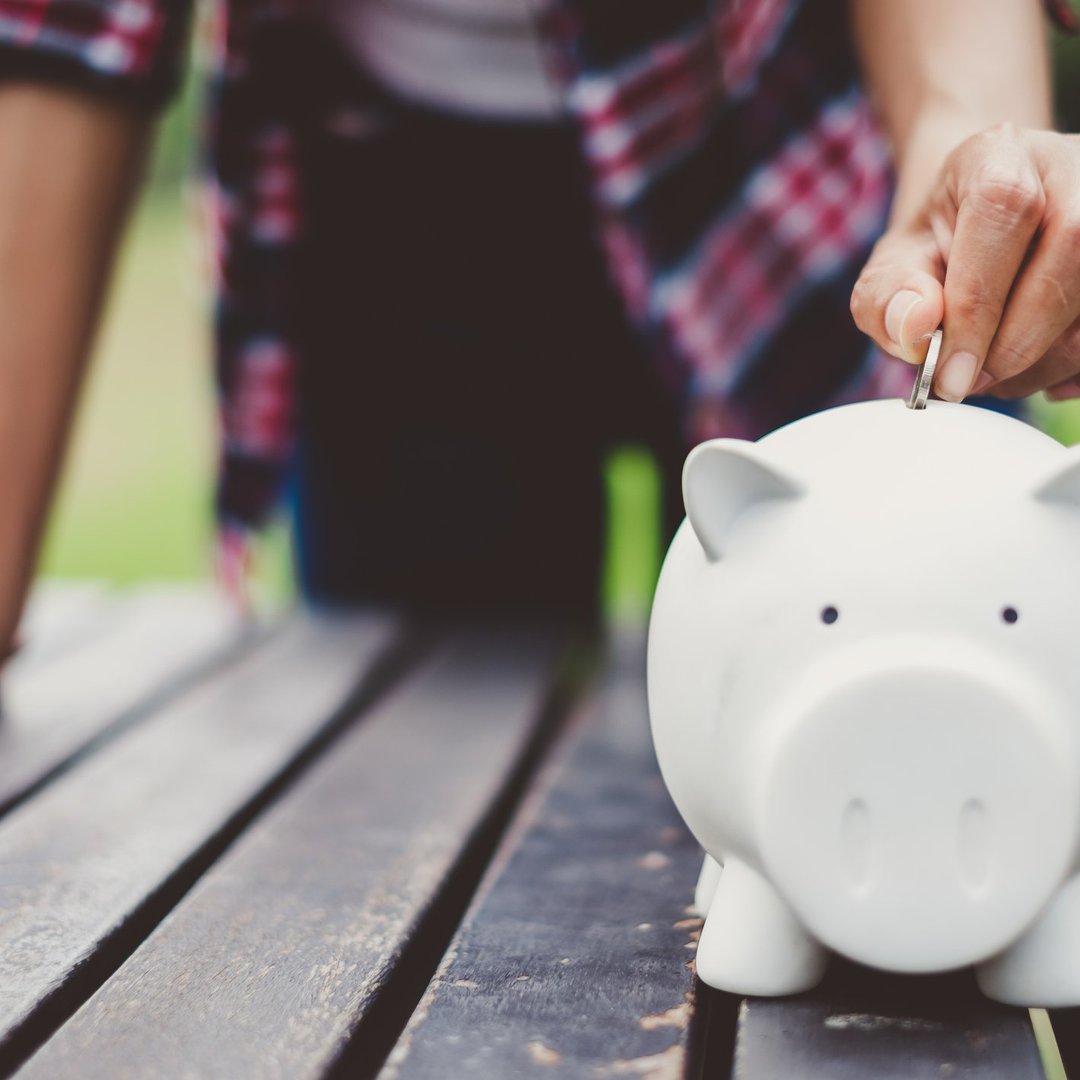
You'll often hear that it's important to set money aside for unexpected expenses. You never know when your car might stop running or your home might need a major repair that your paycheck can't cover. Or you could lose your job and need to live off of your savings for a while.
As a general rule, it's best to keep three to six months' worth of living expenses in an emergency fund. But some working Americans may be falling short of that goal.
The median emergency fund balance among workers today is $5,000, according to the 21st Annual Transamerica Retirement Survey. Not surprisingly, emergency savings increase by age, with median balances coming in at:
- $2,000 for Gen Z workers
- $5,000 for millennial workers
- $6,000 for Gen Xers
- $10,000 for baby boomers
But while a median emergency fund balance of $5,000 is better than nothing, it's probably not enough to offer the protection most workers need. As of last year, the average American household spent $5,102 a month. As such, $5,000 in savings would only be enough to cover about a month of bills -- not close to three months' worth, which is the minimum people should be saving for emergencies.
If your emergency fund could use some work, here are some steps you can take to beef it up.
One email a day could help you save thousands
Tips and tricks from the experts delivered straight to your inbox that could help you save thousands of dollars. Sign up now for free access to our Personal Finance Boot Camp.
By submitting your email address, you consent to us sending you money tips along with products and services that we think might interest you. You can unsubscribe at any time. Please read our Privacy Statement and Terms & Conditions.
1. Get on a budget
Having a budget will make you more aware of what your expenses cost you. It will also help you spend more judiciously. The less you spend on a monthly basis, the more money you'll be able to sneak into your emergency fund. It pays to look at different budgeting apps that could help you get started.
2. Give up one luxury
There are probably expenses you pay for that you can technically live without, whether it's one of your takeout orders each week, your gym membership, or the three different streaming services that keep you entertained. Start by cutting out one luxury and stick that money into savings. You can reintroduce that expense once your emergency fund starts looking healthier.
3. Get a side hustle
There are a host of side hustles you can choose from today that will help you boost your income. And since that money won't be earmarked for existing bills, you'll have the option to sock it away in the bank instead. You can choose your side gig based on your skills, hobbies, and schedule. If you love animals, for example, you can moonlight as a dog walker or pet sitter. And if you want the flexibility to set your own hours, you can sign up to drive for a ride-sharing service.
Without a robust enough emergency fund, you could be forced to rack up debt when unplanned expenses strike or if you lose your job unexpectedly. If your savings balance is comparable to that of the typical American, rest assured that you're not in terrible shape. After all, some people have no emergency savings at all. At the same time, it does pay to look at ways to bulk up your emergency fund and buy yourself the protection you deserve.
"emergency" - Google News
September 19, 2021 at 08:00PM
https://ift.tt/3AnIZFW
Here's the Typical Working American's Emergency Savings Balance. Is It Enough? - Motley Fool
"emergency" - Google News
https://ift.tt/2VVGGYQ
https://ift.tt/3d7MC6X
emergency
Bagikan Berita Ini














0 Response to "Here's the Typical Working American's Emergency Savings Balance. Is It Enough? - Motley Fool"
Post a Comment